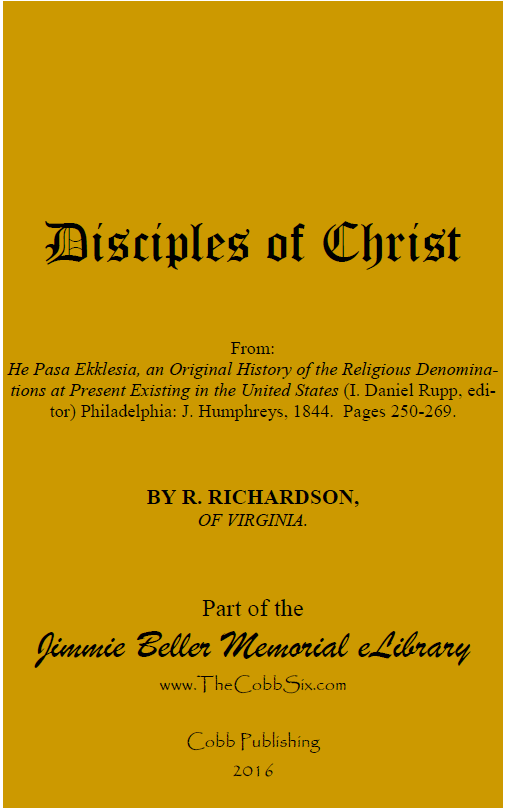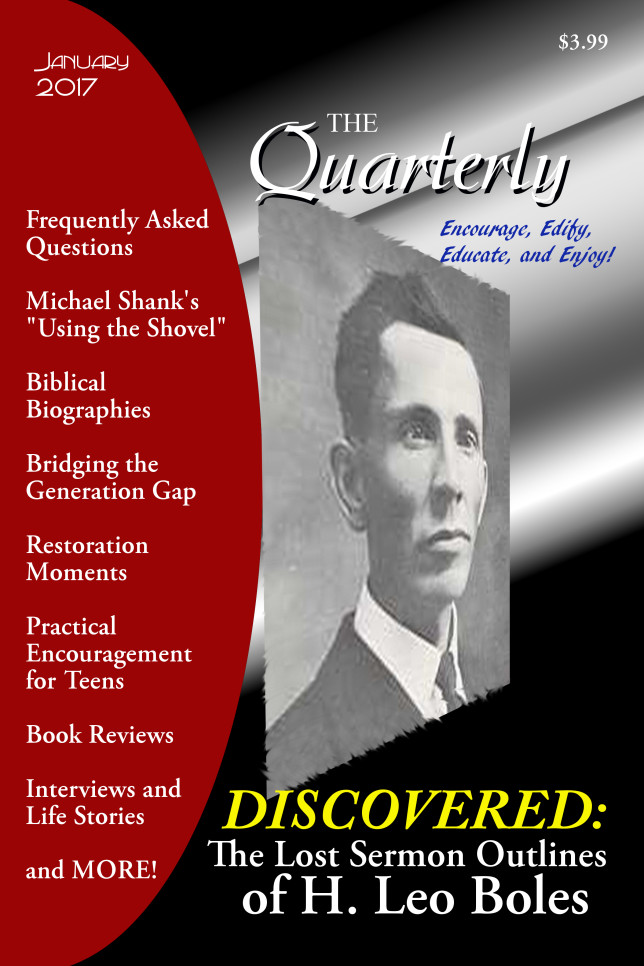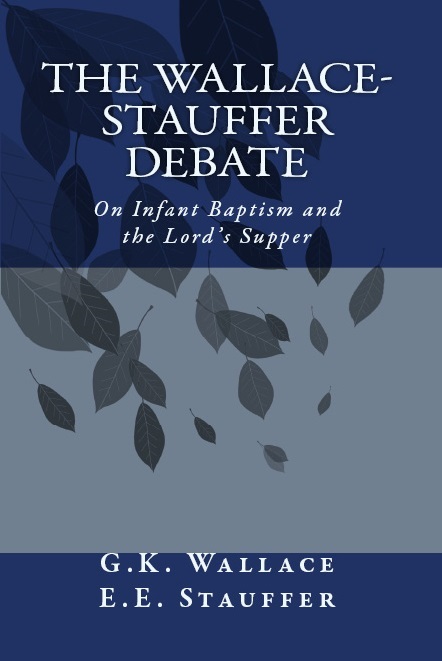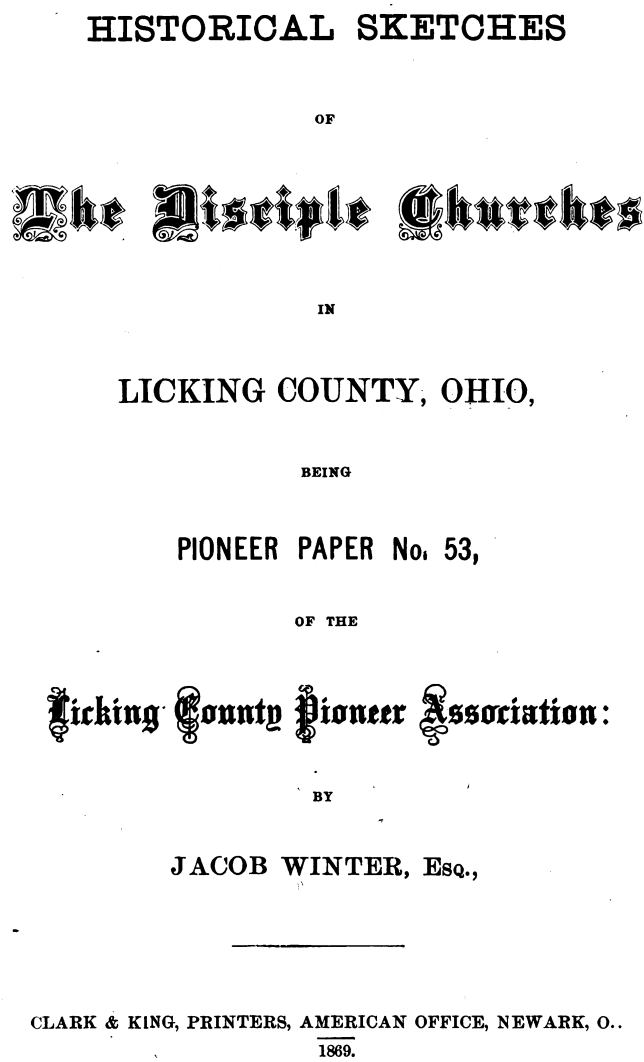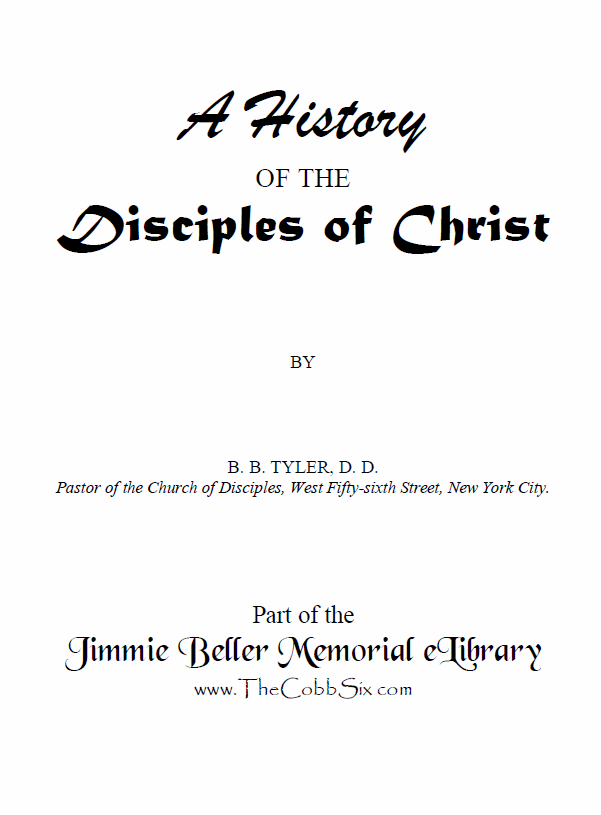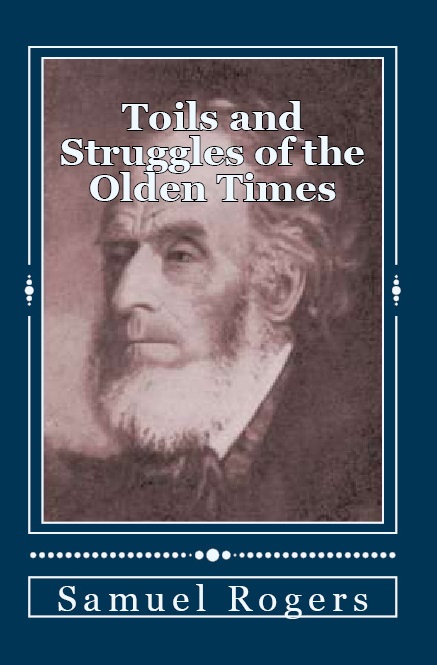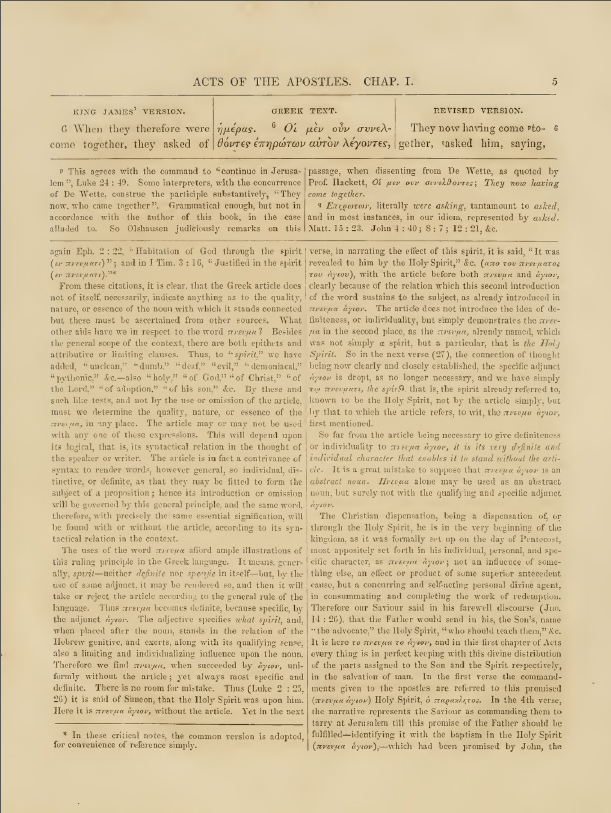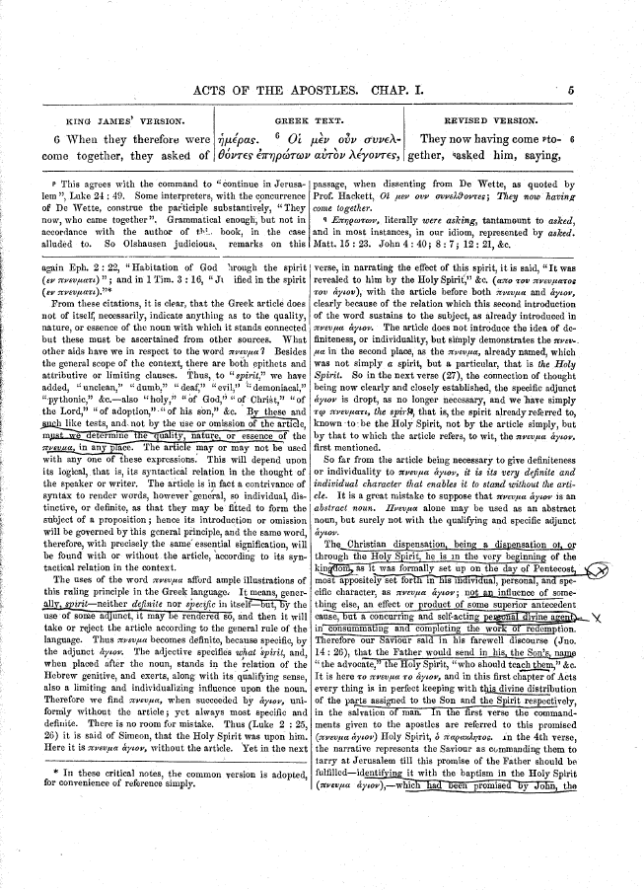John after the Ascension
After listening to Jesus teach about the “things pertaining to the kingdom of God” and seeing the Lord ascended into heaven, John stayed in Jerusalem with the rest of the apostles.1 On the day of Pentecost, John heard the sound of a mighty rushing wind, and he started preaching the gospel in another language. People gathered around to listen, and were amazed by what was happening.2 After Peter spoke up and proved that Jesus is the Messiah that had been prophesied in the Old Testament, John spent several hours baptizing people into Christ,3 and rejoicing at the salvation received by them.
Some days later, John accompanied Peter to the temple during the hour of prayer, 3:00 PM.4 They came upon a man who had never walked before, a man who was physically impaired from the time of his birth to prevent him from ever being able to walk. Men carried him each day to the temple gate so that he could beg for money to survive. As John walked towards the temple, the man asked him and Peter for money. Instead of money, the man was given something even greater—healing. John and Peter walked into the temple area with this man clinging to them, leaping for joy, as the people began to stare and follow them because they recognized this as the lame man who had been unable to ever walk.5 Peter took the opportunity to preach a sermon to the people, resulting in thousands believing in Jesus. But the priests and Sadducees were extremely upset,6 and they arrested John and Peter, leaving them in jail overnight.7
The next morning, John, as well as Peter, was called to stand before the Sanhedrin, and questioned about how they were able to accomplish this great miracle. The council wanted to know where John and Peter got the miraculous power, and also by whose authority it was done.8 They already knew that the miraculous ability had to have come from God (see John 3:2), but they wanted to know who gave them the authority to go into the temple complex and heal this man. The book of Acts only records Peter speaking, but it is obvious that John wasn’t silent during this time, because after they were done answering, condemning the Jewish leaders for murdering Jesus Christ, the Bible says: “Now when they saw the boldness of Peter and John, and perceived that they were unlettered and common men, they marveled, and recognized that they had been with Jesus.”9
The council couldn’t speak against John or Peter, because the proof of their claim was standing right next to them in the form of the formerly crippled man. Instead, they threatened them not to speak at all or teach in the name of Jesus, to which John and Peter both replied, “You judge whether it is right in the sight of God to listen to you more than to God; for we are not able not to speak the things which we have seen and heard.”10 Even though threatening John and Peter was completely ineffective, they threatened them again before finally letting them go, because they were too afraid to punish the two apostles.11
John and Peter, after being released, went to the other apostles,12 and reported what had happened.13 The whole group prayed together, asking for continued boldness, and as a result, God filled them with the Holy Spirit, and they spoke again with boldness, and were able to exercise “great power.”14
Sometime later, after Stephen was murdered and Saul of Tarsus began to viciously persecute the church, John and the other apostles received word that Philip had gone into Samaria and converted many of them to Jesus Christ. They were excited about this new information, certainly remembering the words of Jesus before He ascended that the gospel would be spread from Jerusalem, to Judea, and to Samaria as well.15 The apostles chose John and Peter to go to the Samaritans,16 with the purpose of facilitating their reception of the miracles which were given by the Holy Spirit.17 It is interesting that John was sent, since at one time he asked for power to call down fire on a village of Samaria18—what a difference now! Some have suggested that John and Peter were sent in order to confirm to the Jews in Jerusalem that the addition of the Samaritans was approved by God, and not just something cooked up in the mind of Philip.19
After arriving, John and Peter went to God in prayer on behalf of the Samaritan Christians, asking that they might also receive the miraculous gift of the Holy Spirit. They were then guided by God to lay hands on certain individuals for this purpose. 20 When Simon, a magician-turned-Christian with a significant desire for prominence, saw this, he offered the two apostles money if they would give him the power to pass on the miraculous gifts. Peter and John both replied, condemning his actions and him as well if he did not repent, after which Simon asked them to pray to God on his behalf so that the things which they had said wouldn’t happen to him.21
After this incident, John and Peter gave their testimony about Jesus, and proclaimed the word of the Lord to them. Then they left that city, returning to Jerusalem, but stopping to preach in many Samaritan villages along the way, converting more souls to Jesus Christ.22 Upon returning to Jerusalem, they no doubt gave a first-hand report of the things which occurred in Samaria to the other apostles who had sent them, and joined with them in rejoicing about the new souls that had joined in the Kingdom of Jesus Christ.
The joy in the growth of the church continued, but John also experienced some sadness. The Gentiles had just begun to be added to the church, which upset many of the Jews greatly. Herod, who continually sought for the approval of the Jews, arrested and killed John’s brother, James.23 Such a thing pleased the Jews, and certainly John was happy that his brother had passed into Paradise, but there was no doubt a great sadness that he would no longer see his brother in this life.
Within a few years, a great controversy erupted in the church over whether Gentile converts to Christianity must first be circumcised. Paul, Barnabas, and Peter were the star witnesses for God during a large gathering in Jerusalem to deal with this issue. After the matter was decided, John, Peter, and James (the brother of our Lord)24 gave Paul and Barnabas the right hand of fellowship, showing that they endorsed the preaching of the gospel to the Gentiles.25
Thus we see John being connected with the gospel in Jerusalem, Samaria, and the uttermost part of the earth.
-Bradley S. Cobb
1 Acts 1.
2 These events are recorded in the second chapter of Acts, specifically verses 1-12.
3 If we assume that the apostles were not hurrying people along, we can estimate that each apostle baptized one person per minute (it can be done much quicker than that, but we’ll go with longer period here for the sake of argument). That means that each apostle could baptize 60 people per hour. There’s 12 apostles, so that makes 720 baptisms per hour. At that rate, the apostles themselves could have easily baptized the 3,000 souls into Christ in just over four hours. And since the sermon took place around nine in the morning (Acts 2:15), that would make the baptisms completed by around 1:30-2:00 in the afternoon. Even if they went twice as slow, they’d still have gotten everyone baptized while there was still daylight.
4 It should be noted that this was not a time which was commanded by God, but was something that the Jews had gradually turned into a tradition. There was nothing wrong with it, and the two apostles did not sin by observing the religious traditions of the Jews. They would have sinned if they had attempted to bind it on others, or if they had condemned others for taking that time to pray. Religious traditions, so long as they do not violate the Law of God, are fine—understanding that they are traditions and not something to be bound upon others, nor something to condemn others for observing.
5 This incident is recorded in Acts 3.
6 The priests were upset because if what Peter and John were preaching was true, their service in offering sacrifices was no longer valid. Additionally, as the priests were teachers in the temple area, they would have had quite a fit of jealousy when the people flocked to hear John and Peter. The Sadducees were extremely upset because Peter’s sermon was promoting the resurrection—something which they vehemently denied. In essence, Peter’s sermon identified the Sadducees as false teachers, and they didn’t like it one bit.
7 The response of the people is seen in Acts 4:1-4.
8 Acts 4:7. Campbell makes the following observation on the question of the council: “Ποια δυναμει, not ποια εξουσια—physical strength. In what strength—in what name? There was strength and authority also in the name of the Lord. But as to the spectators—in this case of physical infirmity—their attention was absorbed in the strength put forth.” (Alexander Campbell, Acts of the Apostles, Translated from the Greek, on the Basis of the Common English Version. With Notes. New York: American Bible Union, 1858, page 25).
9 Acts 4:13. KJV says “unlearned and ignorant,” but this isn’t accurate according to the present use of those terms. Robertson says, “Unlearned…Unlettered men without technical training in the professional rabbinical schools of Hillel or Shammai. …ignorant…a layman, a man not in office (a privatae person), a common soldier and not an officer, a man not skilled in the schools.” (Robertson’s Word Pictures, on Acts 4:13). The Greek word translated “ignorant” is idiotai, from where we get our word idiot.
10 Acts 4:19-20. Note the two negatives in the last part, “we are not able not to speak.” In other words, “It is impossible for us to remain silent.”
11 Acts 4:21-22.
12 Acts 4:23. The word “company” (KJV) certainly includes the apostles, though some believe it includes other Christians as well. Campbell says “…to their own friends, not especially to the Apostles.” (Acts of the Apostles, page 28). This is unlikely. The Greek word, idios, means “one’s own,” and is used in the Bible to refer to one’s own countrymen (John 1:11), one’s own family (1 Timothy 5:8), one’s own disciples (John 13:1), and one’s own friends (Acts 24:23). The group under consideration all prayed together, asking for continued boldness, and the result was a miraculous filling with the Holy Spirit (Acts 4:31), and “great [miraculous] power” was exercised by the apostles, not by the Christians in general (Acts 4:33). The context, and what we learn from Acts 8 relative to the way miraculous gifts were passed on (including the inspiration mentioned in Acts 4:31), leads us to conclude that John and Peter went to their own company, that is, they went to the other ten apostles.
13 The other Apostles (and other Christians too), would have been worried about John and Peter, since they no doubt would have heard of their arrest and heard that there was going to be a trial of sorts. Most likely, the apostles were gathered for a time of prayer on behalf of John and Peter. Christians did this same thing in Acts 12 when Peter was in jail (see especially verse 12).
14 Acts 4:31, 33. See also the author’s notes on this passage in The Holy Spirit in the Book of Acts.
15 Acts 1:4.
16 Literally, the apostles apostled John and Peter (Acts 8:14). The word “sent” (KJV) is the verb form of apostle.
17 Acts 8:14-16. This passage is treated extensively in The Holy Spirit in the Book of Acts by this author. See there for a much fuller explanation and proof that the reception of the Holy Spirit is equivalent to being able to perform miracles.
18 Luke 9:54.
19 See Robertson’s Word Pictures on Acts 4:14.
20 It was not a universal promise that all Christians would receive the Holy Spirit. Acts 2:38-39 limits it to a single generation, and then only to those whom God selected for that purpose. It is obvious that Simon had become a Christian (Acts 8:12-13), but he only knew that the Holy Spirit was given by what he saw take place when the apostles laid hands on others—he did not know it from person experience, but only from seeing it. Thus we have an example of a Christian who never “received the Holy Spirit.”
21 Acts 8:18-24. Simon’s response in verse 24 proves that John wasn’t a silent partner in the condemnation. Simon said, “You [plural] pray to the Lord for me so that none of these things which you [plural] have spoken happen to me.” Whether Simon ever truly repented is difficult to say. We would like to think that he did, especially based on his belief of the condemnation that was pronounced on him, but that is inferring something that might not be a necessary inference. It is the almost universal declaration of early Christian writers that Simon remained apostate and worked to lead people away from Jesus. See the International Standard Bible Encyclopedia, “Simon Magus.” Ignatius calls him “the firstborn of Satan” (James Hastings’ Dictionary of the Bible, “Simon Magus”).
22 Acts 8:25.
23 Acts 12:1-2. It is generally assumed (and quite probably right) that James was beheaded (see Johnson’s The People’s New Testament with Notes, on Acts 12:2), though the words used by Luke don’t demand that interpretation. “The Jews considered beheading a shameful death” (Robertson’s Word Pictures, on Acts 12:2), which explains why it please them to see it happen to one of the leaders of the Christian movement.
24 See chapter dealing with this James for more information on his role during this incident.
25 Compare Acts 15 with Galatians 2:1-10.

